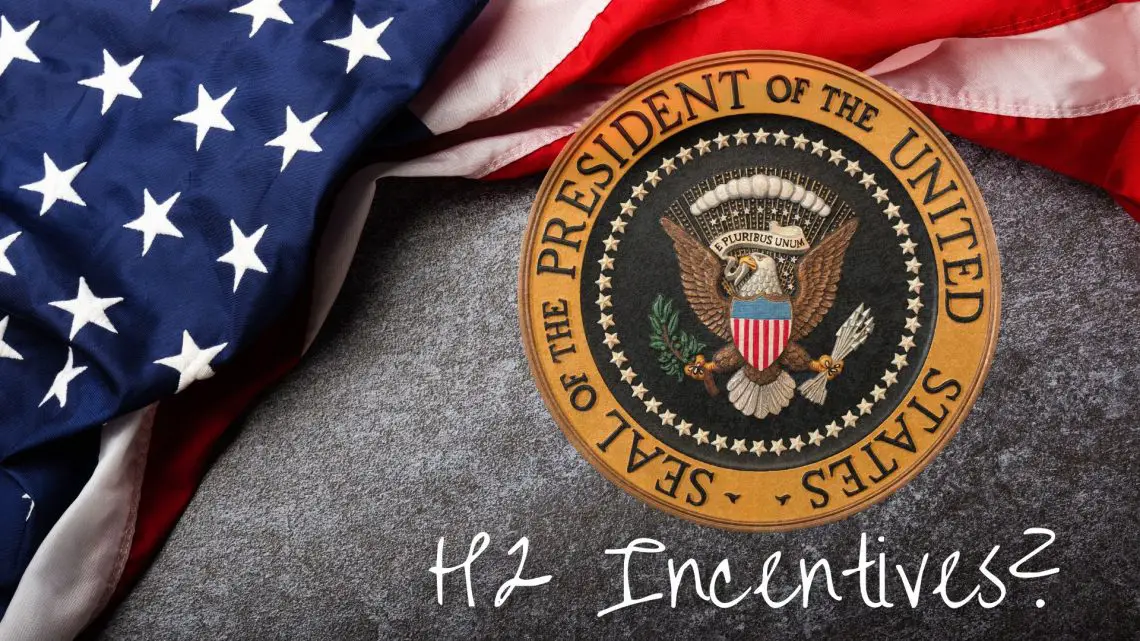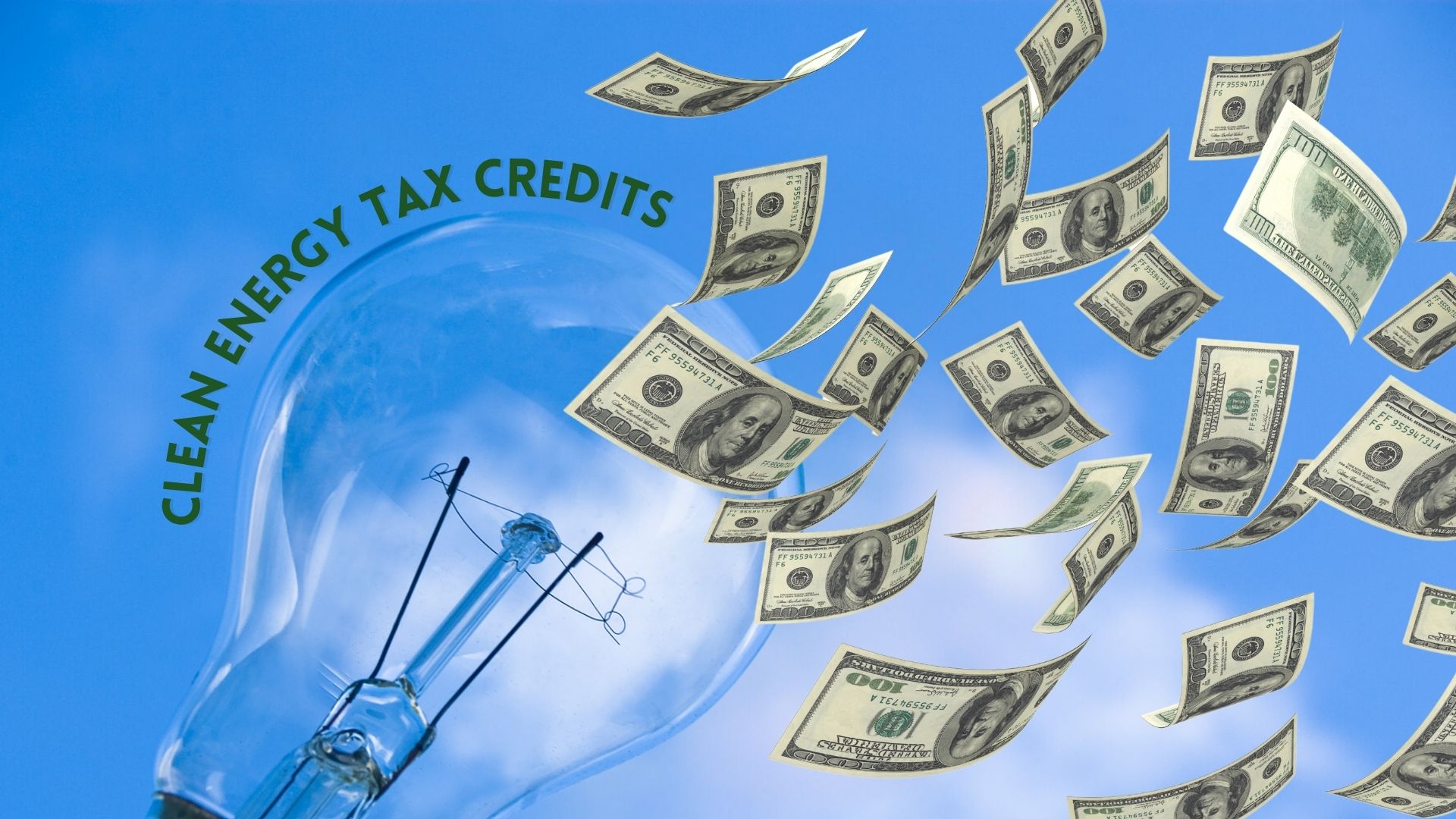
The Future of Hydrogen Energy Incentives Under a Trump Presidency
November 8, 2024A Campaign Promise with Significant Implications
As Donald Trump gears up for another potential term in the White House, one of his key campaign promises is to claw back unspent funds from the Inflation Reduction Act (IRA). Signed into law by President Joe Biden in 2022, the IRA has been instrumental in channeling billions of dollars into the clean energy sector, aiming to bolster U.S. leadership in renewable energy technologies.
However, this promise presents a complex challenge. The IRA has not only catalyzed significant growth in clean energy manufacturing but has also shifted the political landscape, making the reversal of its provisions a contentious issue.
Clean Energy Boom: A New Era of Manufacturing
In the two years since its inception, the IRA has ignited a boom in domestic clean energy manufacturing. Bob Keefe, head of Environmental Entrepreneurs, highlights the substantial growth in various sectors including solar panel factories, electric vehicle plants, battery production facilities, and hydrogen hubs. This growth has been essential in reducing emissions and promoting sustainable energy practices across the nation.
Keefe notes that this surge has triggered billions of dollars in private investments, further amplifying the sector’s expansion. The booming clean energy industry, with its promise of innovation and employment, stands as a testament to the IRA’s impact.
Investment in Red States: A Strategic Shift
Interestingly, much of this development is rooted in Republican-dominated states. David Victor, a professor of innovation and public policy at UC San Diego, attributes this trend to the relatively lax regulatory environments in these regions, which facilitate the establishment of clean energy projects targeted by the IRA.
Moreover, the IRA’s climate provisions were strategically designed to alter the political dynamics surrounding clean energy, encouraging support in traditionally skeptical areas. The resulting economic benefits have made clean energy projects increasingly palatable, even in conservative districts.
Political Support: A Bipartisan Reality
Signs of shifting allegiances are evident. In August, 18 Republican members of Congress penned a letter to House Speaker Mike Johnson, advocating for the preservation of clean energy tax credits funded by the IRA. This political pressure, stemming from tangible benefits seen in their districts, underscores the growing bipartisan support for these initiatives.
Victor suggests that this local-level advocacy could play a crucial role in maintaining the IRA’s policies. The narrative is transforming; rather than being labeled as “climate change policies,” these initiatives could now be heralded as “jobs policies,” “American growth policies,” and means of “economic reinvigoration.”
Economic Perspective: The Changing Economics of Renewables
Joshua Rhodes, a research scientist at the University of Texas at Austin, offers an insightful economic perspective on the changing landscape of renewables. Since Trump’s last term, the economics of renewable energy have evolved significantly, with renewables now being the most cost-effective option for new electricity generation.
Rhodes emphasizes that, regardless of political maneuvers, the demand for electricity is poised to rise, and the cost advantages of renewables will likely sustain their growth trajectory. This shift could ensure the sector’s continued expansion, independent of federal incentives.
Future Prospects: The Path Forward
Looking ahead, the clean energy sector remains optimistic about continued growth. Sanya Carley, a professor of energy policy and city planning at the University of Pennsylvania, suggests that while the industry could thrive on its own, there is hope for additional legislative support akin to the IRA in the future.
The prospect of further growth, even without new IRA-type initiatives, offers a glimmer of hope for the renewable energy industry. As the political and economic landscapes evolve, the resilience and adaptability of clean energy initiatives will likely prove pivotal in navigating the potential challenges of a Trump presidency.



 With over 15 years of reporting hydrogen news, we are your premier source for the latest updates and insights in hydrogen and renewable energy.
With over 15 years of reporting hydrogen news, we are your premier source for the latest updates and insights in hydrogen and renewable energy.
EV cars are worse for the enviorment then gas cars
Batteries are made thru mining 5 elements, worse foot print then gas cars
EV car weight, much worse for tires and the roads
Battery cost
Insurance cost, fire issues
Can wind mills and solar panels really supply enough power, nuclear?
Can anyone offer conclusive proof that climate change is real, not a hoax, CONCLUSIVE Proof. I definitely believe in Hydrogen as a fuel for the future
I agree fully. EV cars cause more pollution and green gas emissions. The source for clean power is not oil, coal, and natural gas. Even nuclear power will have head wind with spent fuel sequestration, and societal opposition. Cancelling green power sources (solar, wind, geothermal etc.) is embraces gross stupidity.
I agree fully. EV cars cause more pollution and GHG
gas emissions. The source for clean power is not oil, coal, and natural gas. Even nuclear power will have head wind with spent fuel sequestration, and societal opposition. Cancelling green power sources (solar, wind, geothermal etc.) is embraces gross stupidity.